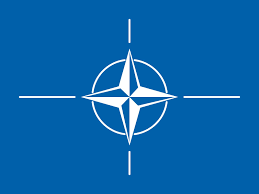NATO has unveiled an updated AI strategy aimed at promoting the responsible use of AI in defense and addressing threats from AI-enabled adversaries. This revised strategy highlights the rapid transition of AI in defence from a novel concept to widespread adoption.
The initial AI strategy, introduced in 2021, endorsed six Principles of Responsible Use (PRUs) for AI in defence: Responsibility and Accountability, Explainability and Traceability, Reliability, Governability, and Bias Mitigation. However, the rapid advancement in AI technology necessitated a revised approach to address new risks and capabilities.
Key Focus Areas of the Revised Strategy
- Responsible AI Use: Ensuring AI applications in defense are used responsibly to enhance security and efficiency.
- Safeguarding Against AI Threats: Identifying and mitigating risks posed by adversarial AI.
- Access to Quality Data: Addressing concerns about the global availability of quality public data for training AI models.
- Energy Consumption: Considering the implications of compute-intensive AI on energy use.
- Accountability and Governance: Overcoming technical and governance issues in human-machine teaming, especially when using dual-use civilian-market solutions in military contexts.
Integration and Implementation
NATO plans to integrate AI into Allied capabilities through commitments in the NATO Defense Planning Process, leveraging specialized laboratories, sandboxes, and testing facilities to achieve this objective. The strategy also underscores the need for retraining programs and integrating technical experts into military operations to manage the impact of AI on jobs in both the military and civilian sectors.
Addressing Information Warfare
The strategy acknowledges the profound implications of AI-enabled information operations, such as disinformation and technologically facilitated gender-based violence, which could affect elections, sow division, and demoralize societies and militaries.
Mitigating Risks and Safeguarding Technology
NATO aims to mitigate the risk of Allied technology being exploited by adversaries and to safeguard access to vital components, despite the challenges posed by advancements in AI made by strategic competitors like China.
Conclusion
NATO’s revised AI strategy reflects a comprehensive approach to harnessing AI’s potential while addressing the emerging threats and challenges associated with its rapid development and deployment in defense applications.


















